Spain

Casa Milà, popularly known as La Pedrera or "The stone quarry", a reference to its unconventional rough-hewn appearance, is a modernist building in Barcelona, Catalonia, Spain. It was the last private residence designed by architect Antoni Gaudí and was built between 1906 and 1912.
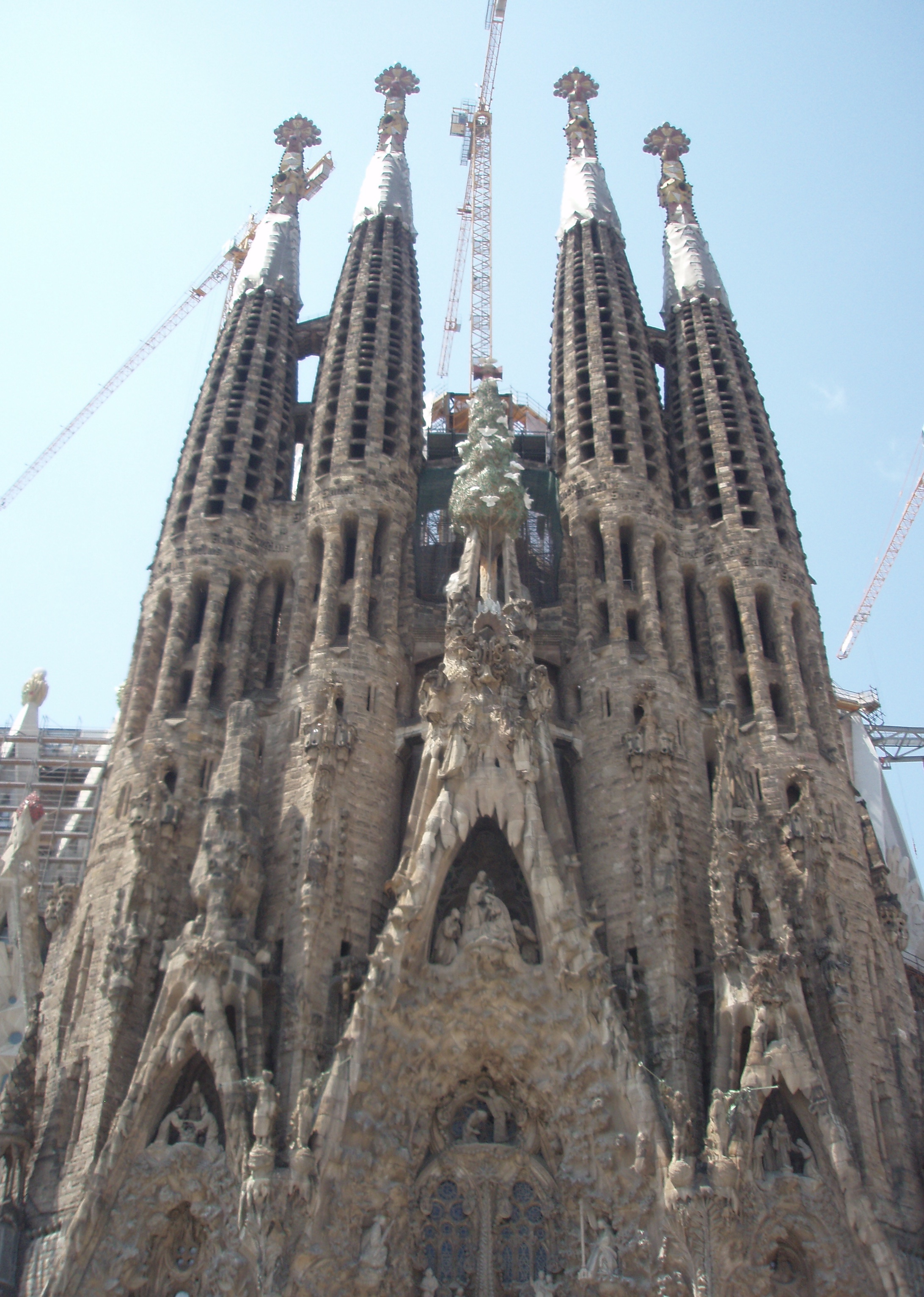
The Basílica i Temple Expiatori de la Sagrada Família (Basilica and Expiatory Church of the Holy Family) is a large unfinished Roman Catholic church in Barcelona, designed by Catalan architect Antoni Gaudí (1852–1926). Gaudí's work on the building is part of a UNESCO World Heritage Site, and in November 2010 Pope Benedict XVI consecrated and proclaimed it a minor basilica, distinct from a cathedral, which must be the seat of a bishop.

Saint George is one of the most venerated saints in the Catholic Western and Eastern Rites, Anglican, Eastern Orthodox, and the Oriental Orthodox churches. He is immortalized in the tale of Saint George and the Dragon and is one of the Fourteen Holy Helpers. His memorial is celebrated on 23 April, and he is regarded as one of the most prominent military saints. This statue of Sant Jordi can be found in a niche when walking in the direction of the Monastir de Montserrat Church. It’s a work of Josep Maria Subirachs, a Catalan sculptor and painter of the late 20th century. His best known work is probably the Passion Facade of the basilica of the Sagrada Familia in Barcelona.
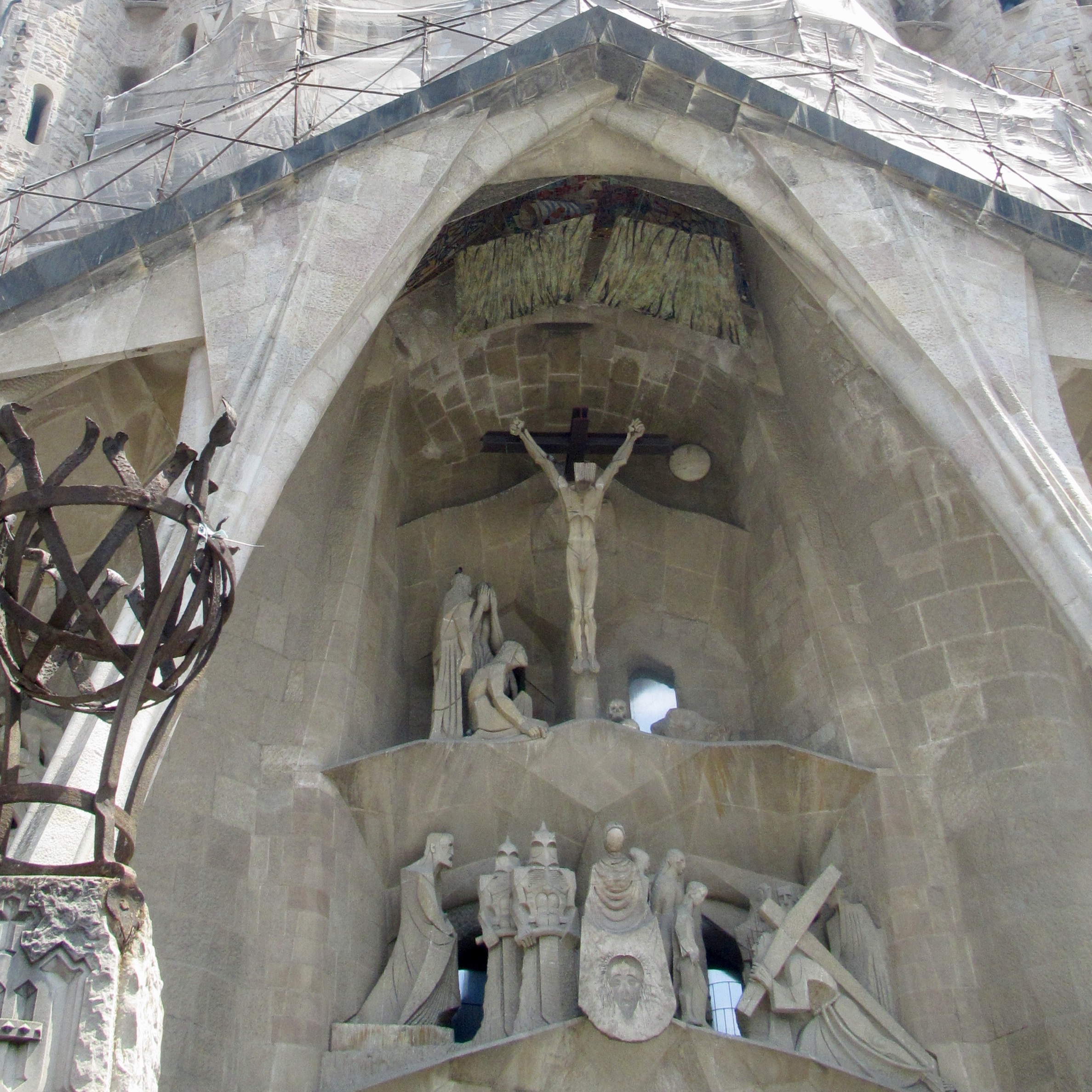
La Sagrada Família is a large unfinished Roman Catholic church in Barcelona, Spain designed by Catalan architect Antoni Gaudí (1852–1926). Gaudí's work on the building is part of a UNESCO World Heritage Site, and in November 2010 Pope Benedict XVI consecrated and proclaimed it a minor basilica, distinct from a cathedral, which must be the seat of a bishop.

Santa Maria de Montserrat Abbey in Catalonia, Spain
Santa Maria de Montserrat is an abbey of the Order of Saint Benedict located on the mountain of Montserrat in Catalonia, Spain. It is notable for enshrining the image of the Virgin of Montserrat. The monastery was founded in the 11th century and rebuilt between the 19th and 20th centuries, and still functions to this day, with over 70 monks.
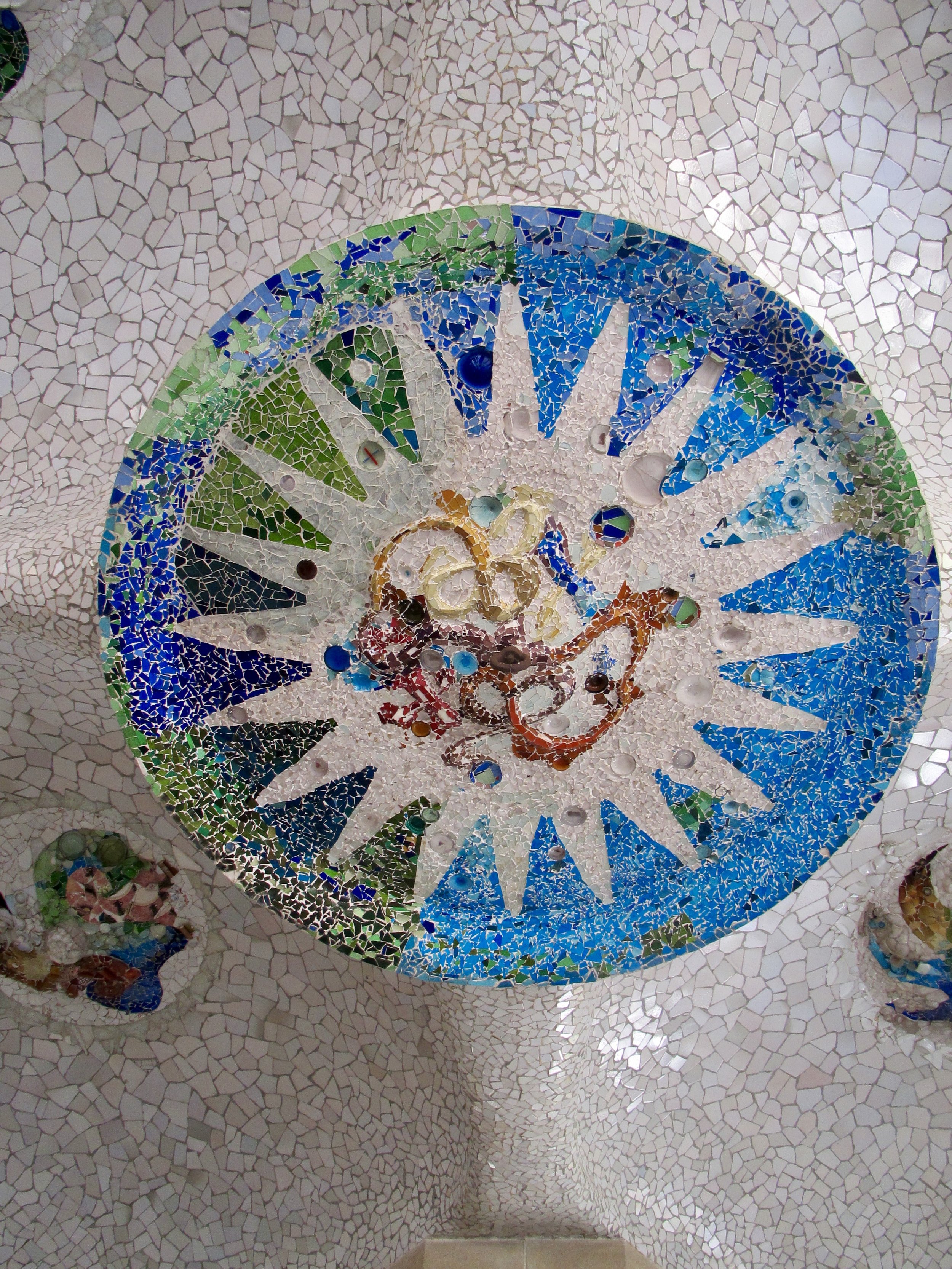
One of Antoni Gaudi’s unique mosaic tiles on the ceiling of the Hypostyle room of Park Güell in Barcelona, Spain.
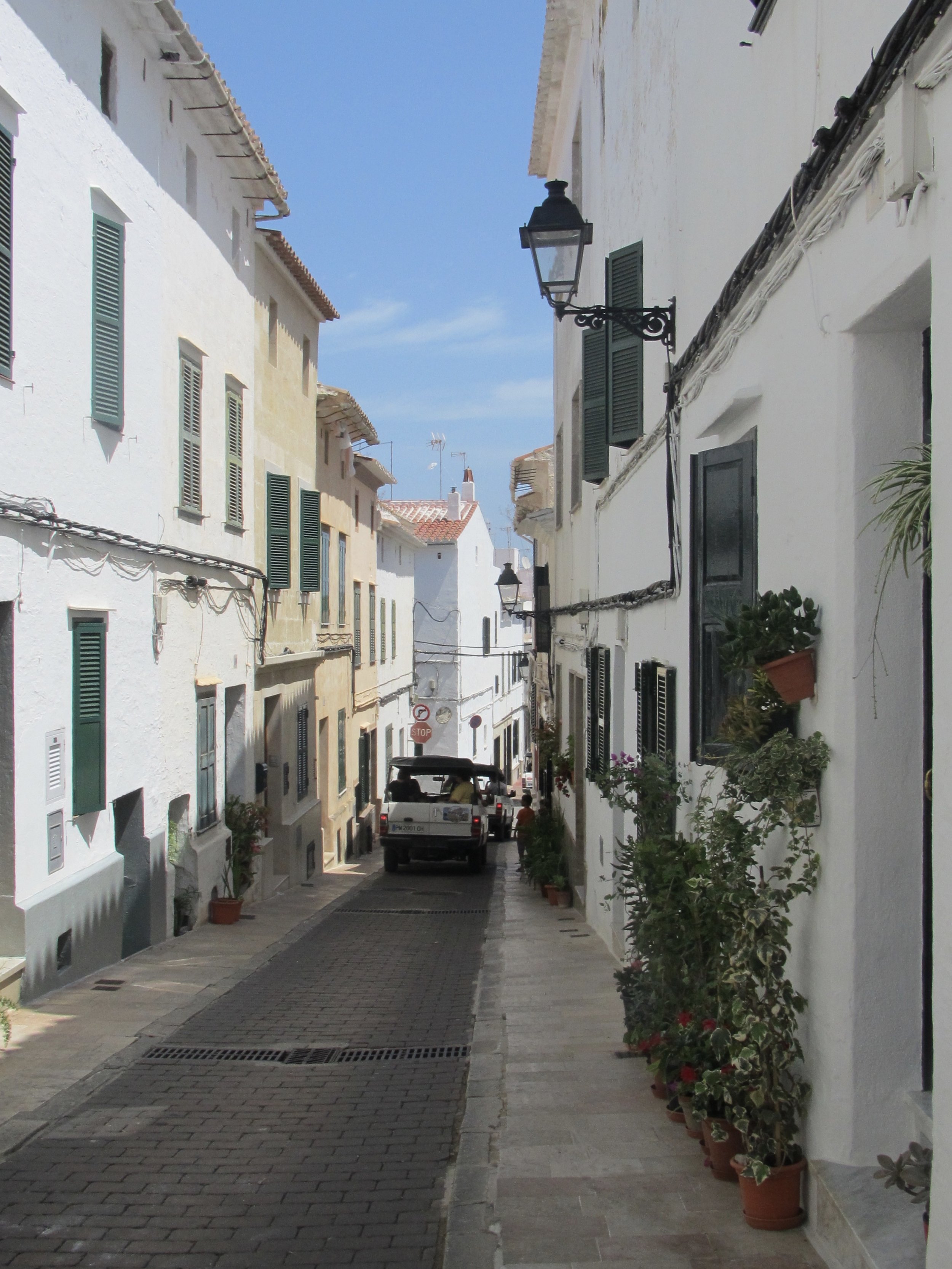
The streets of Mahón, the capital city of the island of Menorca. It has one of the largest natural harbours in the world: 5 km (3.1 mi) long and up to 900 metres (2,953 feet) wide. The water is deep but it remains mostly clear due to it being slightly enclosed. It is also said to be the birthplace of mayonnaise.

The Park Güell is a public park system composed of gardens and architectonic elements located on Carmel Hill, in Barcelona, Spain. With urbanization in mind, Eusebi Güell assigned the design of the park to Antoni Gaudí, a renowned architect and the face of Catalan modernism. The park was built between 1900 and 1914 and was officially opened as a public park in 1926. In 1984, UNESCO declared the park a World Heritage Site under `Works of Antoni Gaudí`.
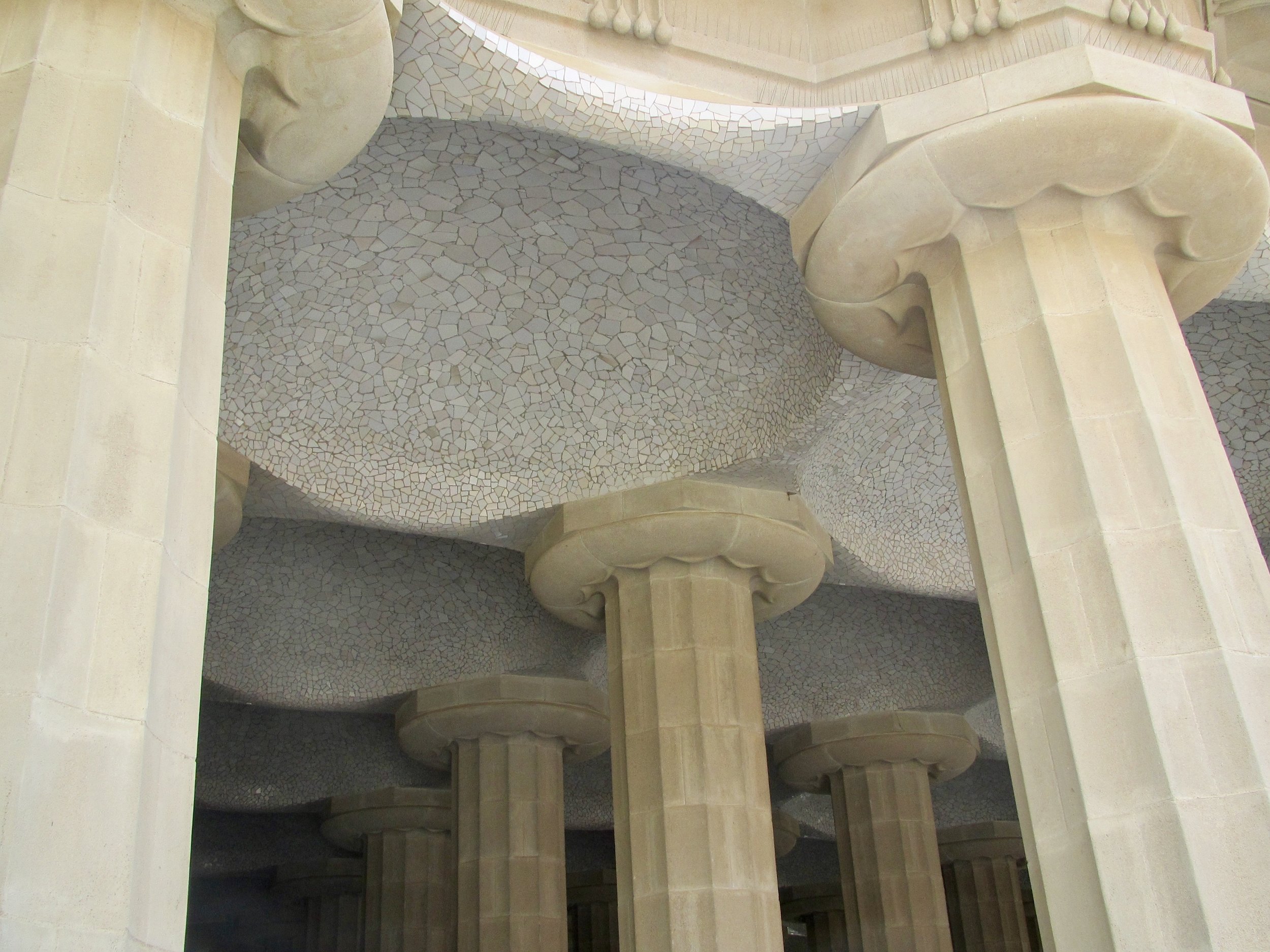
These columns are called the Doric columns. They support the roof of the lower court which forms the central terrace, with serpentine bench around the edge. Eusebi Güell assigned the design of the Park Grüell to Antoni Gaudí, a renowned architect and the face of Catalan modernism. The park was built between 1900 and 1914 and was officially opened as a public park in 1926. In 1984, UNESCO declared the park a World Heritage Site under `Works of Antoni Gaudí`.
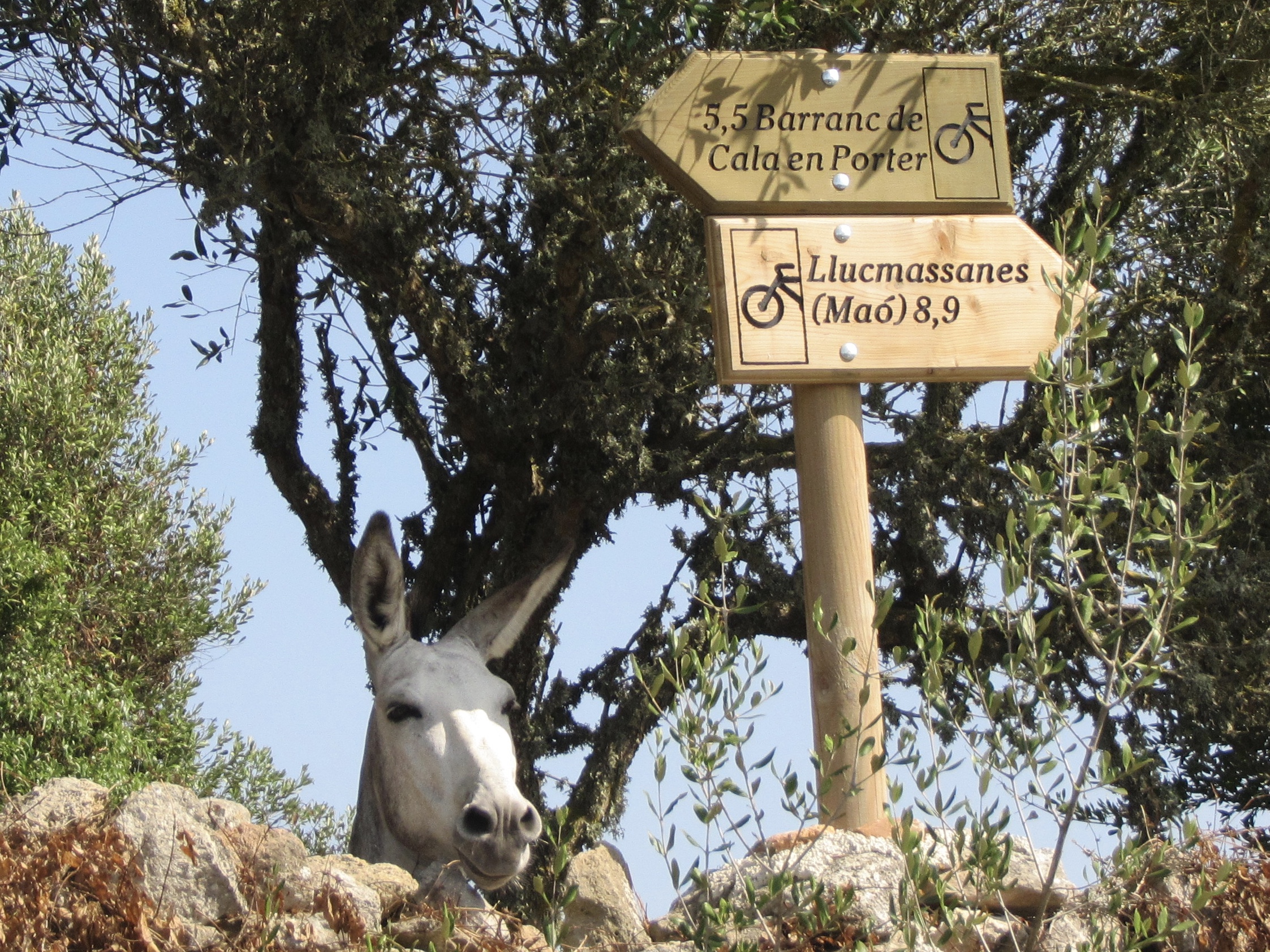
Local flavor.
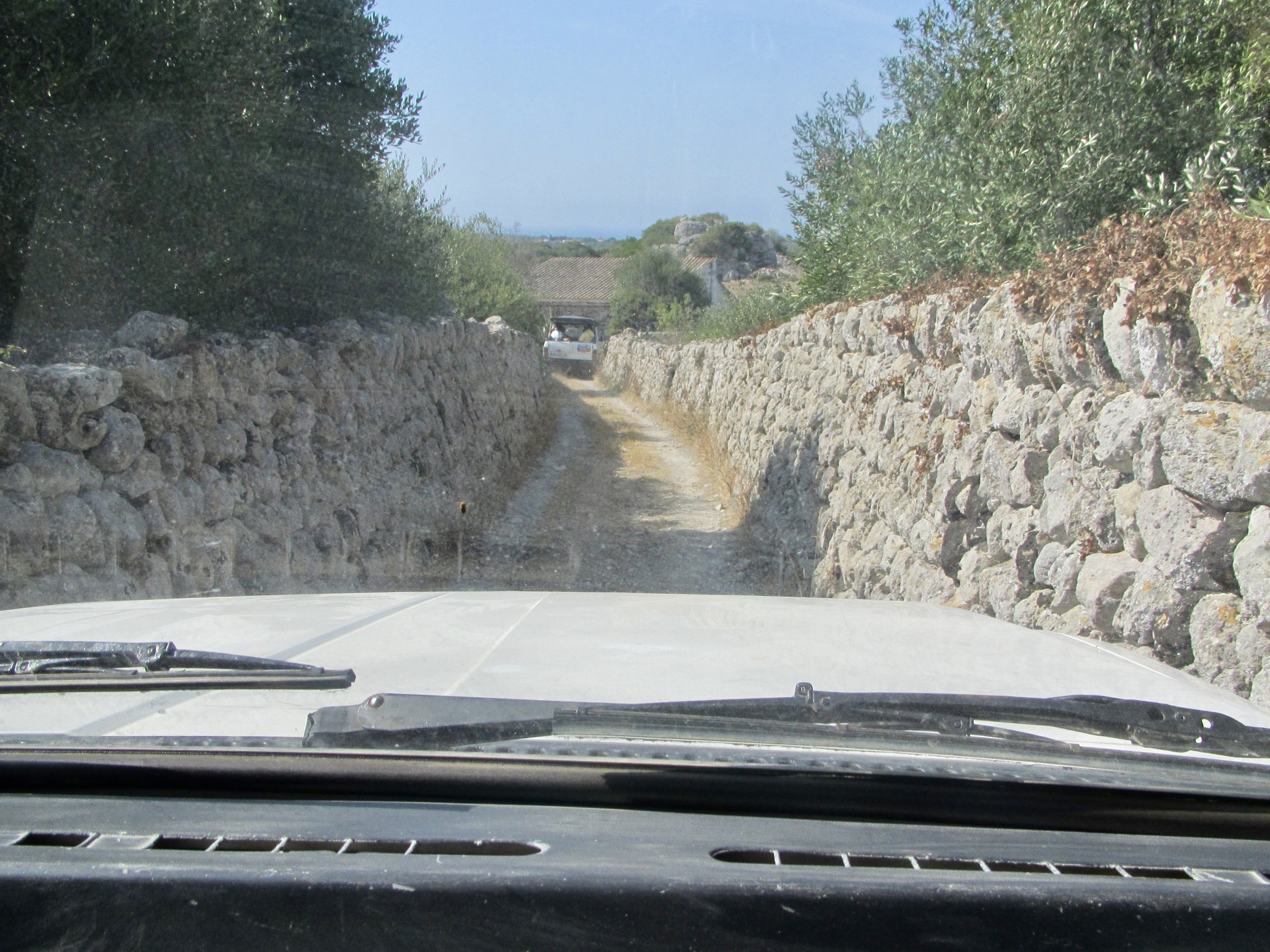
Driving the narrow streets of Menorca on our way from the southern coast to the northern coast.

